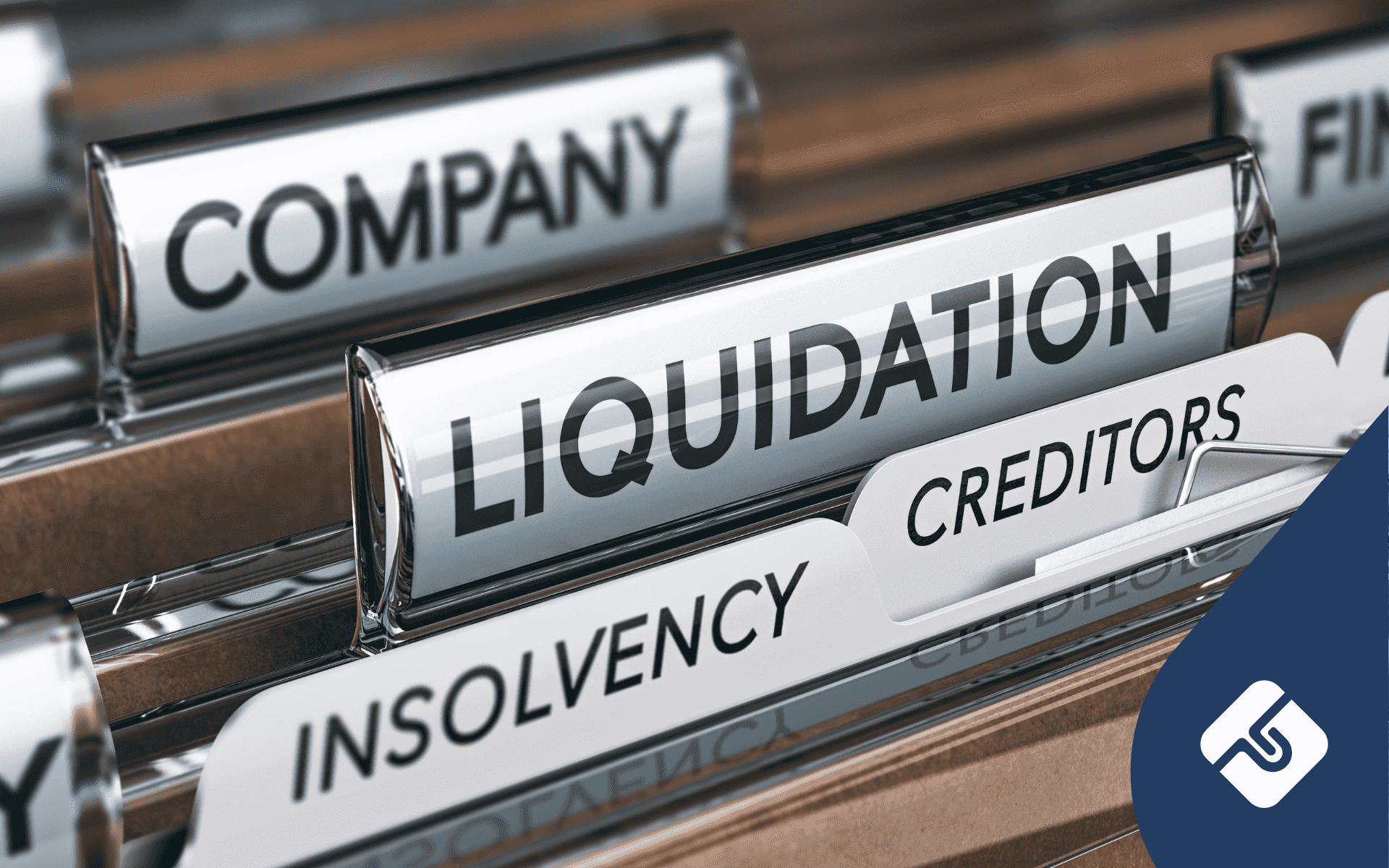Communications and legal business professional with experience working in top-tier global law firms, high-growth startups, and legal technology across APAC, the UK and US. Currently the B2B Relationship Manager at Pogust Goodhead, a global class actions law firm specialising in ESG, consumer, competition and human rights law with offices across the United Kingdom, Europe, United States, and Latin America. Formerly a practising NSW lawyer and Content Manager at Lawpath.
We often hear the terms ‘insolvency’, ‘ liquidation’ and ‘bankruptcy’ thrown around and even used interchangeably. But what do they actually mean? And how can you tell which term applies to what situation?
Here we will discuss what they mean, and how they are used to describe particular financial situations.
Insolvency
Insolvency simply put, means that there is more money owed than held. This term is applicable to both companies and individuals. A company is insolvent when their debts exceed their profits, and the same applies to people – they are insolvent when, simply put, the money that they owe is greater than the money they have.
Just because a person or a company enters insolvency, it does not mean that they will definitely become bankrupt, or enter liquidation. However, being insolvent is a serious matter – it’s where you have to carefully consider how you will pay the debts owed. At this point, it is also important to get some advice from a lawyer.
Bankruptcy
Bankruptcy is a financial distinction which can be seen as the ‘final stage’ of insolvency. In Australia, the legal distinction of bankruptcy is normally applied to individuals. For someone to become bankrupt, they first need to be insolvent. This can be by someone voluntarily filing for bankruptcy, or being designated as bankrupt by a Court order.
Bankruptcy means that a Trustee is appointed to manage an individual’s personal finances where they have debts that they cannot repay. Further to this, a person who is Bankrupt is listed on a national register and it is listed on their credit report. They also cannot leave the country without the permission of the Trustee. Items above a certain value can be sold by the Trustee to repay debts – this normally includes valuable personal possessions and the property of the bankrupt individual.
After three years, a person’s status of being bankrupt is removed. However, landlords, employers, and lenders will be able to determine if a person was ever bankrupt by looking at the national register. This means that if a person is bankrupt, they may find it difficult to obtain any loans or mortgages, or be approved to rent a property in the future.
Liquidation
Liquidation is also a process that commences once insolvency exists, but this is only applicable to companies. Liquidation involves a liquidator being appointed to review and manage the financial affairs of a company. From this, they can choose to sell all assets and wind up the company, or they can restructure it.
Liquidations can be commenced by Court order (winding up order), by a resolution of the creditors or resolution of the members. A resolution by the members often occurs when a company is solvent, but the members have decided it’s time to wind up the company and sell any assets that it has.
Insolvency, bankruptcy and liquidation are all serious matters when they arise for an individual or company. However, it’s important to know the difference, and how being identified as one does not necessarily mean that you’ll be the other.
Have more questions? Contact a LawPath consultant on 1800 529 728 to learn more about customising legal documents and obtaining a fixed-fee quote from Australia’s largest legal marketplace.






